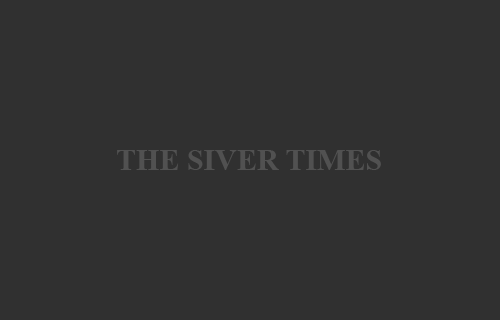Breast Cancer : towards a screening adapted according to the risks


SimpleFoto/epictura

Published the 14.10.2017 to 09: 00


A A

Keywords :
cancer seindépistagemammographieimagerie medical
A mammogram once every two years, from the age of 50. The message is well-rooted in the minds of the French. But it could change. Adjust the frequency of examinations according to the risk each woman is an interesting approach, based on the survey RIVIERA presented at the Journées francophones of radiology, held at the palais des Congrès, Porte Maillot (Paris) from 13 to 16 October.
Dr. Suzette Delaloge, a medical oncologist at the Institut Gustave-Roussy (Villejuif, Val-de-Marne) is at the origin of this work. Made with 450 women with several physicians of the city, they have tested a new method of breast cancer screening.
Optimize resources
Changing practice in France seems to be necessary. For several years, the controversy swells around screening mammography. If it has improved the diagnosis, it also promotes over-diagnosis. And the number of women adhering to them is too low.
“10 % of the cancers identified would not have progressed if they had not been treated,” says Suzette Delaloge to Why Doctor. The other point annoying, they are false positives, those images that are identified as cancer, but prove to be benign lesions to biopsy. “
This is where the “screening laminates” presented by the oncologist. It relies on a software, MammoRisk, which assesses the individual risk of breast cancer according to several parameters : age, family history, previous biopsy, breast density. In the long term, an analysis of the genome could add to that.
“The idea is that women who are really in need of a screening, will benefit from examinations to more intensive, with different techniques, and those that do not have significant risk will be less screening, summarizes Suzette Delaloge. The idea is to use the resources differently, for the right people. “
Adapt care
The study RIVIERA helped lay the first foundations to support them fit. The software has been tested in the framework of consultations of prevention by doctors of city (gynecologist, radiologists, general practitioners). And it has allowed us to distinguish three populations of women.
For a third of participants, a more extensive would have been justified. Considered to be at high risk of breast cancer, they would benefit from a consultation of onco-genetics. Conversely, a quarter of the volunteers would have been able to make screening mammograms at intervals more spaced apart.
 Listen…
Listen…
Dr. Suztte Delaloge, a medical oncologist at Villejuif : “Between 40 and 50 years, approximately 30 % of women will need screening. Beyond 65 years of age, we have few situations at very high risk. “
This strategy is particularly interesting in women who are not covered by the organized screening, put in place currently. “We can begin to 35 years and every five years, identifies the individual risk of breast cancer,” says Dr. Delaloge.











